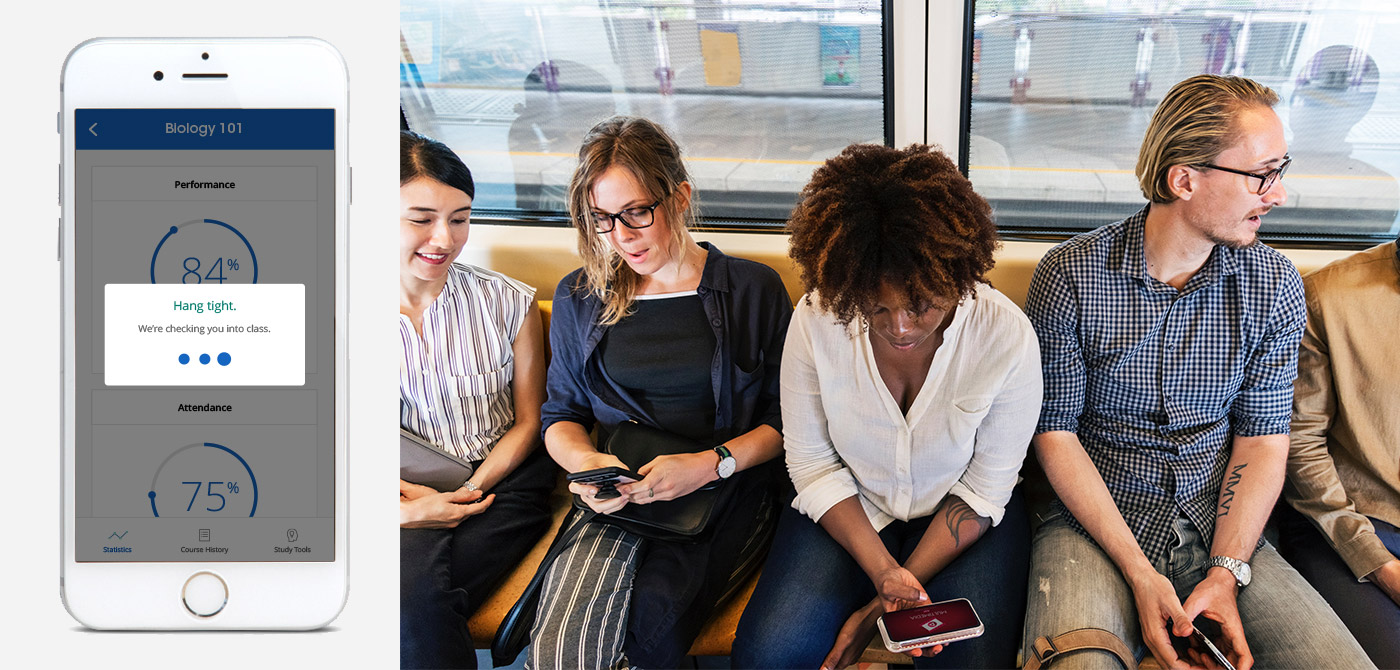When it comes to UX, how often do you find yourself stuck staring at a screen with tech-driven tunnel vision? What if I told you the most effective problem-solving can actually come from looking away from a device and stepping into the world?
Research and observation of the world around us can be key to understanding behavior and gaining insight on how a digital product is used. Here are three off-screen places I’d recommend for UX research inspiration:
1. The Natural World
The idea of using nature as inspiration for design (known as biomimicry or biomimetics) is not new. The Fibonacci Sequence and Golden Ratio revolutionized how innovators and designers create aesthetically appealing designs through the mathematics of nature. It’s even been uncovered that the Golden Ratio was in use long before that, such as in the pyramids built by the Ancient Egyptians.
You could look at nature as being like a catalog of products, and all of those have benefited from a 3.8-billion-year research and development period. And given that level of investment, it makes sense to use it.
Biomimicry is common in physical products or architecture such as the slime mold that helped create Japan’s rail system or modeling sharkskin dermal denticles for sterile environments. The potential of biomimicry in the digital space is vastly untapped, but there are some examples nonetheless. One of those is feedback loops, which you can find in in nature in a range of complexity, and are essential in digital interfaces. The user interacts with the product, the product gives feedback and the user responds accordingly.
2. Human Behavior
UX designers aim to create products that align with the way users naturally behave. In research, users are often asked to share their opinions or talk about how they act or would act in a theoretical user experience, but a lot of bias can get in the way. People perceive themselves differently than how they really are. The best way to understand a user you are designing for is to watch them in action.
You can pick up a lot more from watching users’ conversations and listening to their tone of voice than you would from asking them directly to describe their (perceived) behavior. These non-verbal cues and communications are often most effective, so if you are designing an interface to communicate with users, incorporating their natural cues or “gestures” into it can elevate the overall experience.
Take Apple as an example. The iOS interface is great at incorporating nonverbal human behavior in the user experience. When an incorrect password is entered, the dialog box twitches horizontally, as if it’s shaking its head, saying “No”. It’s strong enough on its own as a human-like, non-verbal communication, or could complement a written error message in other applications

3. Established Solutions
Inspiration from established solutions, or analogous research, is when you consider contexts outside the space in which you are designing. To accomplish this, you would isolate the experiential element, interaction or outcome you are designing for, and apply it to those different contexts.
For example, say we were designing an attendance app to be used in an education setting, and users had to check in at the same time every day. We could look at daily rituals or habits people may do at the same time every day, such as making coffee or commuting to work, to help inform the UX of that product.

Inspiration is all around us, but in the hustle of getting projects completed or products launched, we don’t always reward our imagination with the off-screen beauty and simplicity in the world. So maybe next time you’re working hard on a project, step away and research something totally different. You may find the solution to the very problem you’re solving.
Sarah Freitag presented on this topic at the July 2018 Ladies That UX Cincinnati event. Learn more about the organization and the opportunities for professional development for UX designers, researchers and enthusiasts on the Ladies That UX Cincinnati Facebook page.
